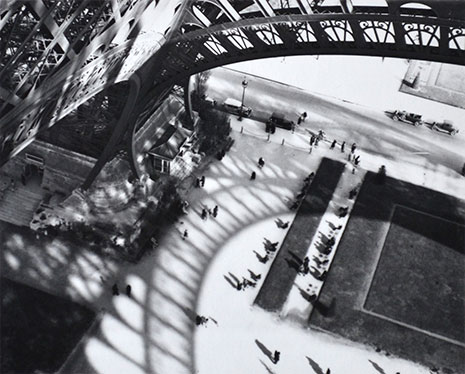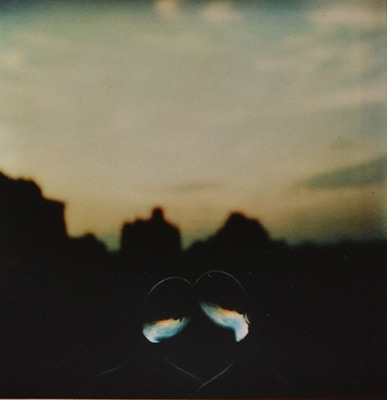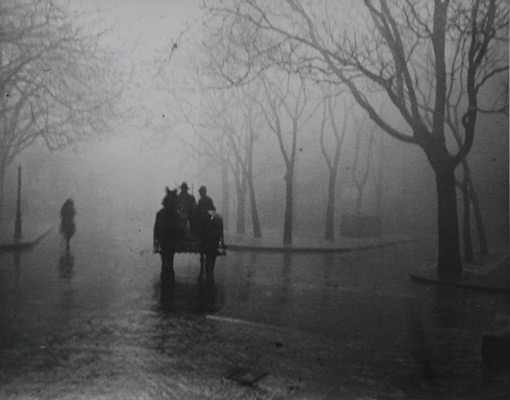André Kertész
(1894 – 1985)
“Everything is a subject. Every subject has a rhythm. To feel it is the raison d’être. The photograph is a fixed moment of such a raison d’être, which lives on in itself.”
Born in Budapest, the son of a bookseller, Kertész taught himself how to use a camera and had his first photographs published while a member of the Austro-Hungarian Army during World War I. Even as early as 1914 his distinctive and mature style was already evident.
In 1925, Kertész decided to leave his homeland, Hungary, and move to Paris to begin his career as a photographer. Very quickly his work caught the attention of people in the various avant-garde circles that existed in Paris at the time. Kertész was well aware of the latest developments in the field of photography although he did not have much personal contact with other progressive photographers such as Man Ray and Germaine Krull, although he did know their work from exhibitions and publications. Kertesz’s work during those Paris years was experimental and demonstrated the use of a new visual vocabulary. Many of his photographs are characterized by unusual perspectives and close-ups that are more reminiscent of the work of German photographers such as Maholy Nagy, and other Bauhaus artists.
Due to the German persecution of Jews and the threat of World War II Kertész decided to emigrate to the United States in 1936 where he had to rebuild his reputation by working for magazines in New York where he settled.


